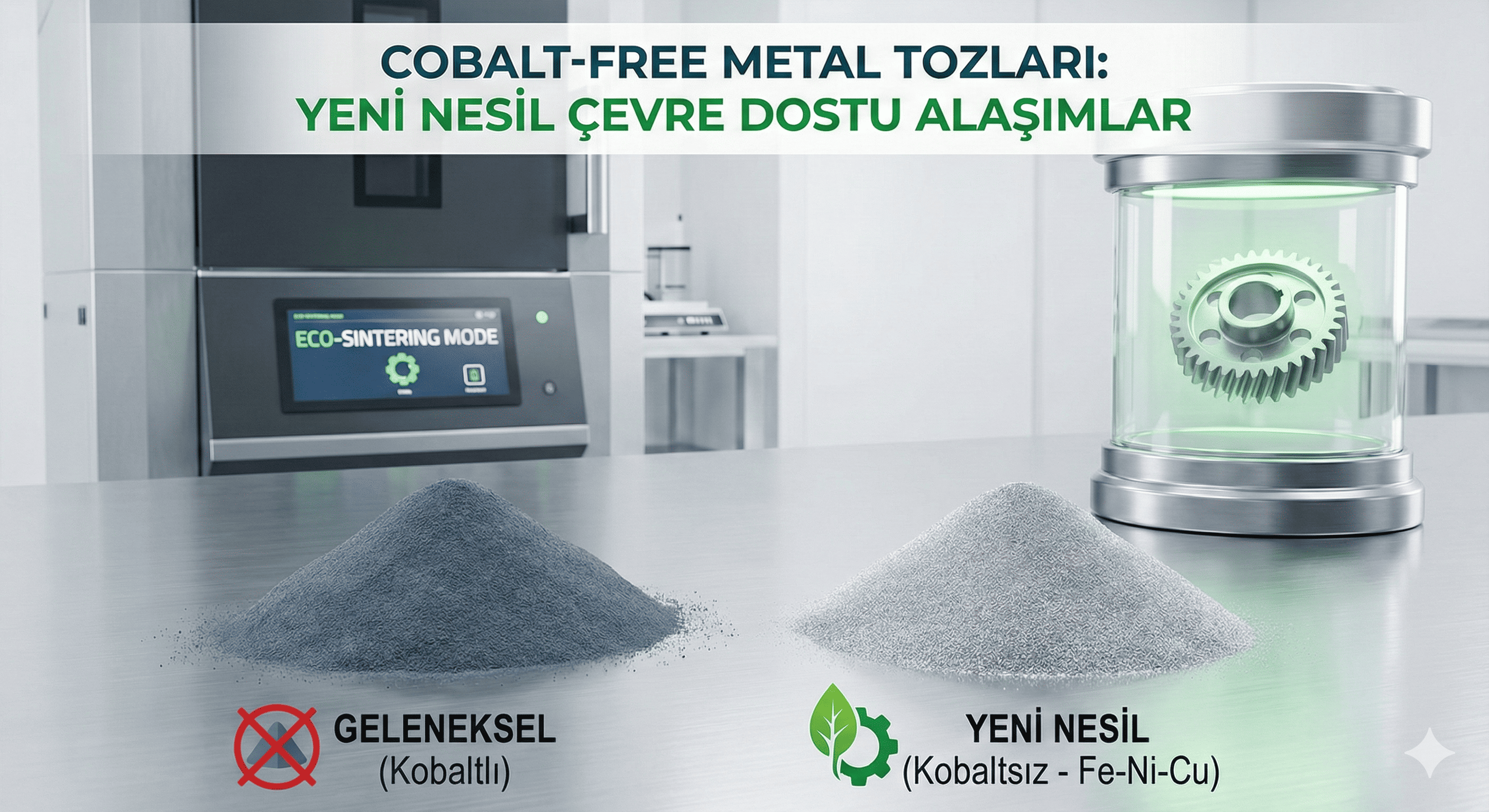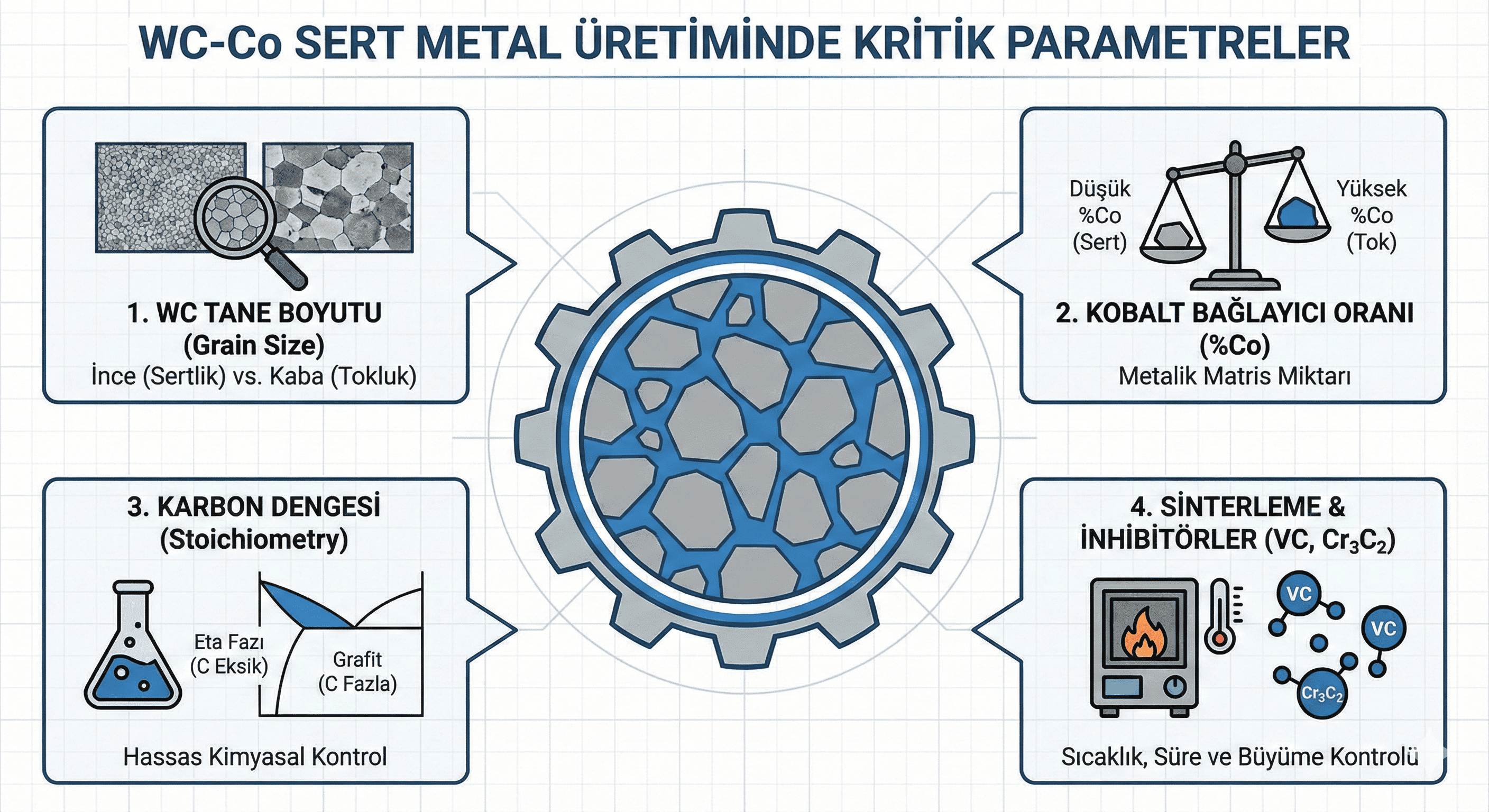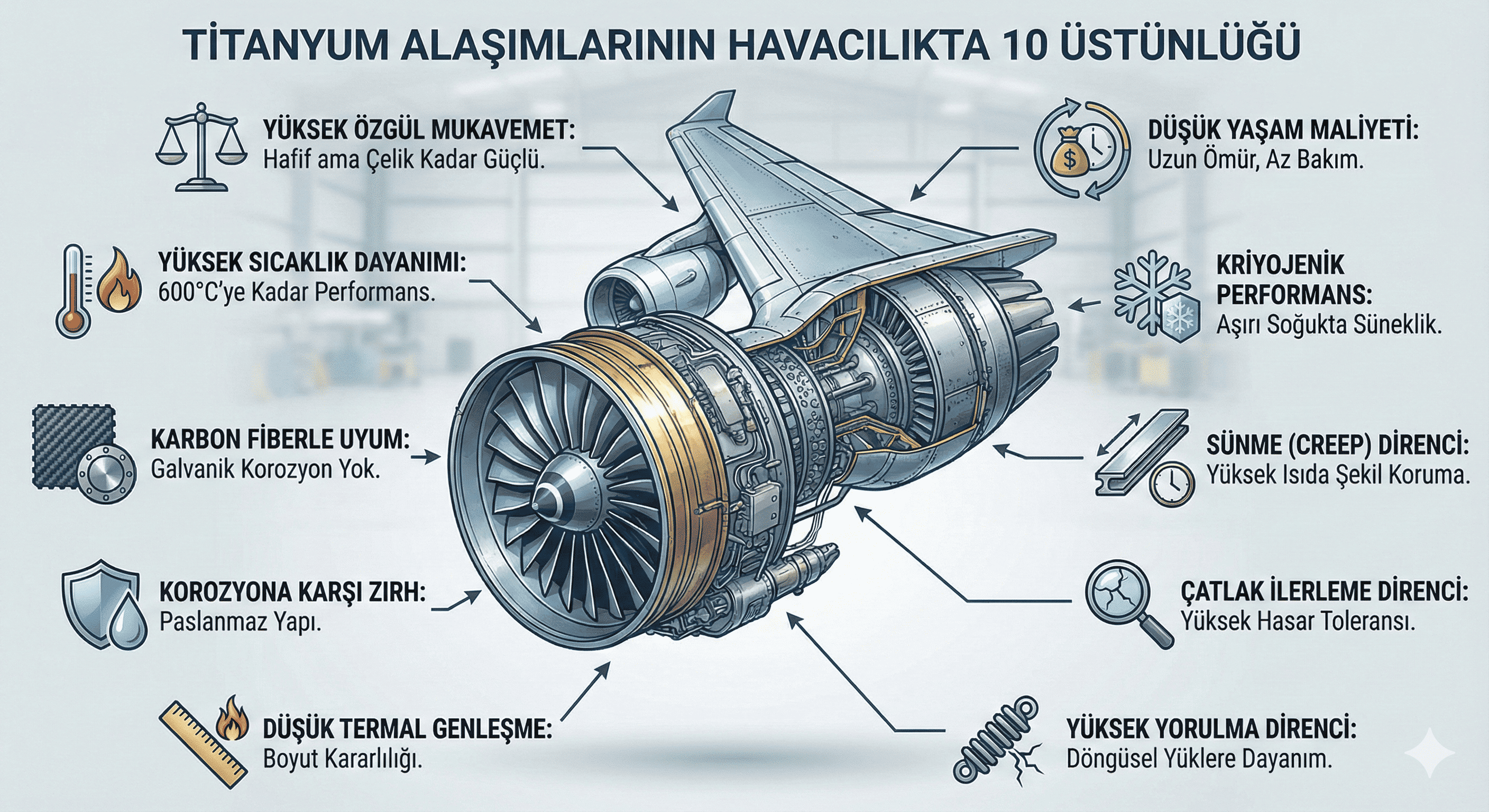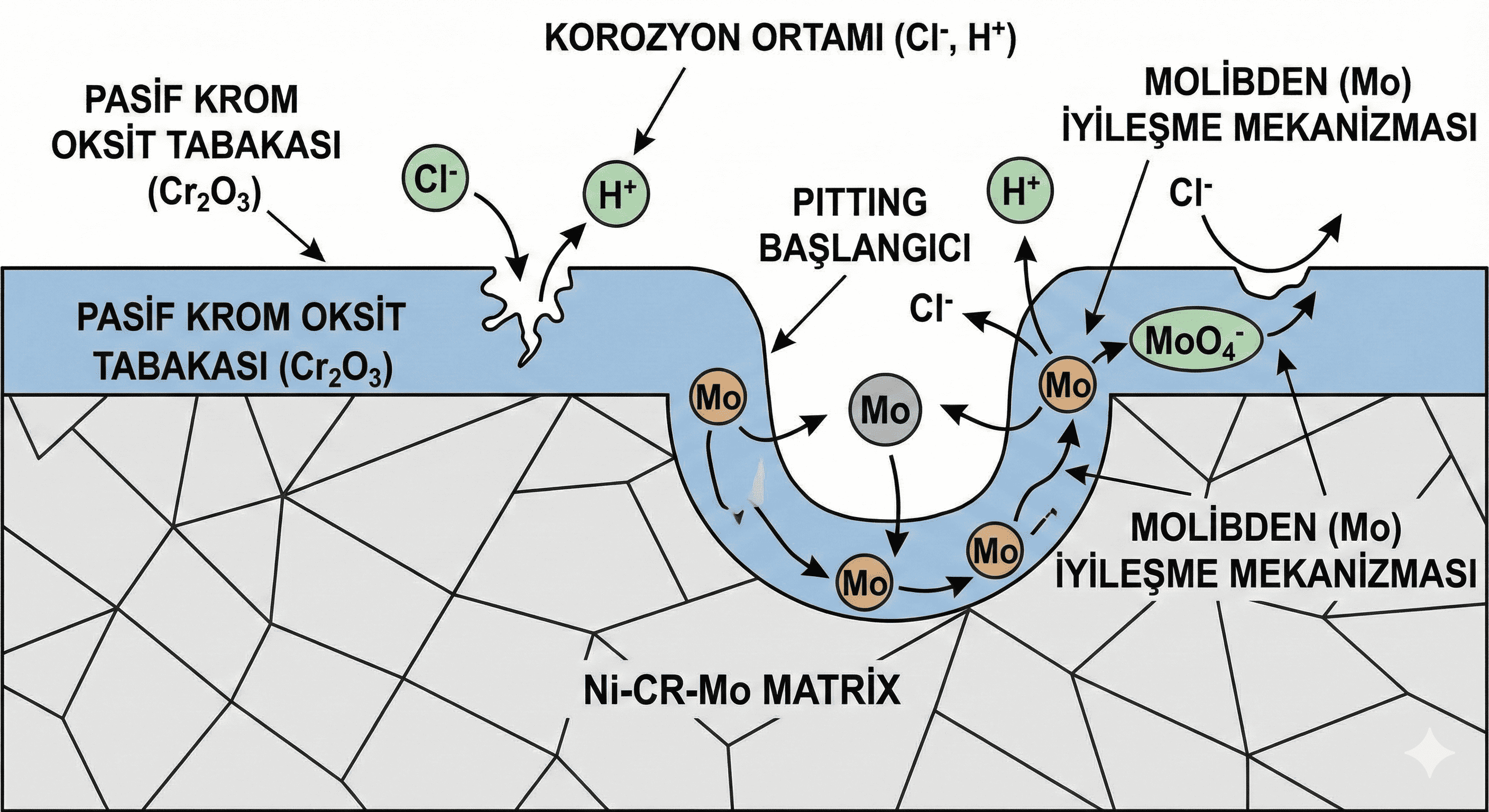Carbon powder, a versatile material made up of fine carbon particles, is widely used in various industries due to its unique properties. This article explores the synthesis methods, structural characteristics, and diverse applications of carbon powder. It also discusses the challenges and future directions in the field.
1. Introduction
Carbon powder is a form of carbon that is ground or milled into fine particles. It encompasses various types, including activated carbon, graphite powder, and carbon black. Each type of carbon powder has distinct properties and applications, making it a critical material in numerous industries.
2. Types of Carbon Powder
2.1. Activated Carbon Powder
Activated carbon powder is produced by activating carbon-rich materials such as coconut shells, coal, or wood. This activation process creates a porous structure that significantly increases its surface area, making it highly effective in adsorption applications.
2.2. Graphite Powder
Graphite powder consists of finely ground graphite, a form of carbon where atoms are arranged in a layered, planar structure. Graphite powder is known for its lubricating properties and electrical conductivity.
2.3. Carbon Black
Carbon black is a fine black powder produced by the incomplete combustion of hydrocarbons. It is widely used as a pigment in inks, paints, and coatings, as well as a reinforcing agent in rubber.
2.4. Carbon Nanopowder
Carbon nanopowder refers to nanoscale carbon materials such as carbon nanotubes or graphene nanopowder. These materials have exceptional mechanical, electrical, and thermal properties due to their nanostructure.
3. Synthesis Methods
3.1. Mechanical Grinding
Mechanical grinding involves milling carbon materials to produce fine powders. This method is commonly used for graphite powder and carbon black. The particle size and distribution can be controlled by adjusting the grinding parameters.
3.2. Chemical Vapor Deposition (CVD)
CVD is used to produce carbon nanotubes or graphene powders. In this method, carbon-containing gases are decomposed on a substrate to form carbon nanostructures. The resulting powders can be collected and processed.
3.3. High-Temperature Pyrolysis
Pyrolysis involves heating carbon-rich materials in the absence of oxygen to produce carbon powders. This method is used to produce activated carbon and carbon black. The temperature and processing conditions affect the porosity and surface area of the resulting powder.
3.4. Solvothermal Synthesis
Solvothermal synthesis involves heating carbon precursors in a solvent at high pressure and temperature to produce carbon powders with controlled properties. This method can be used for producing activated carbon or carbon nanostructures.
3.5. Chemical Activation
Chemical activation involves treating carbon precursors with activating agents such as phosphoric acid or potassium hydroxide. This process creates a porous structure and is commonly used to produce activated carbon powder.
4. Properties
4.1. Surface Area and Porosity
The surface area and porosity of carbon powder vary depending on the type. Activated carbon powder has a high surface area and porous structure, making it effective for adsorption. Graphite powder has a layered structure with less porosity, while carbon black has a smaller surface area but high reinforcement properties.
4.2. Electrical Conductivity
Graphite powder and carbon nanopowder exhibit high electrical conductivity due to the delocalized electrons in their carbon structures. This property makes them suitable for use in electronic devices and conductive materials.
4.3. Thermal Conductivity
Graphite powder and carbon nanopowder also have high thermal conductivity, which is beneficial for heat management applications. Activated carbon, on the other hand, has lower thermal conductivity due to its porous structure.
4.4. Mechanical Properties
Graphite powder has lubricating properties due to its layered structure, which reduces friction. Activated carbon and carbon black provide reinforcement in composites and rubber due to their fine particle size and structure.
5. Applications
5.1. Environmental Remediation
Activated carbon powder is widely used in water and air purification to adsorb contaminants such as organic pollutants, heavy metals, and gases. Its high surface area and porous structure make it highly effective in removing impurities.
5.2. Energy Storage
Graphite powder is used as an electrode material in batteries and supercapacitors. Its high electrical conductivity and stability improve the performance and energy density of these devices.
5.3. Rubber and Plastics
Carbon black is used as a reinforcing agent in rubber and plastic products. It enhances the mechanical properties, durability, and strength of these materials.
5.4. Electronics
Carbon nanopowder, including graphene and carbon nanotubes, is used in electronics for its superior electrical conductivity. It is employed in components such as conductive inks, flexible electronics, and sensors.
5.5. Pharmaceuticals and Cosmetics
Activated carbon powder is used in pharmaceuticals for drug delivery and in cosmetics for its detoxifying properties. Its ability to adsorb impurities makes it useful in various personal care products.
6. Challenges and Future Directions
6.1. Production Scalability
Scaling up the production of high-quality carbon powders while controlling costs is a major challenge. Research is focused on developing more efficient and cost-effective synthesis methods.
6.2. Functionalization and Customization
Functionalizing carbon powders to tailor their properties for specific applications is an ongoing area of research. Advances in surface chemistry are needed to enhance performance in targeted applications.
6.3. Environmental and Health Impacts
Assessing the environmental and health impacts of carbon powders is crucial as their applications expand. Research is needed to understand the risks associated with exposure and develop guidelines for safe handling and disposal.
7. Conclusion
Carbon powder, in its various forms, is a versatile material with a wide range of applications due to its unique properties. Continued research and development are essential to address challenges related to production, functionalization, and environmental impact. With ongoing advancements, carbon powder will continue to play a significant role in technology and industry.





